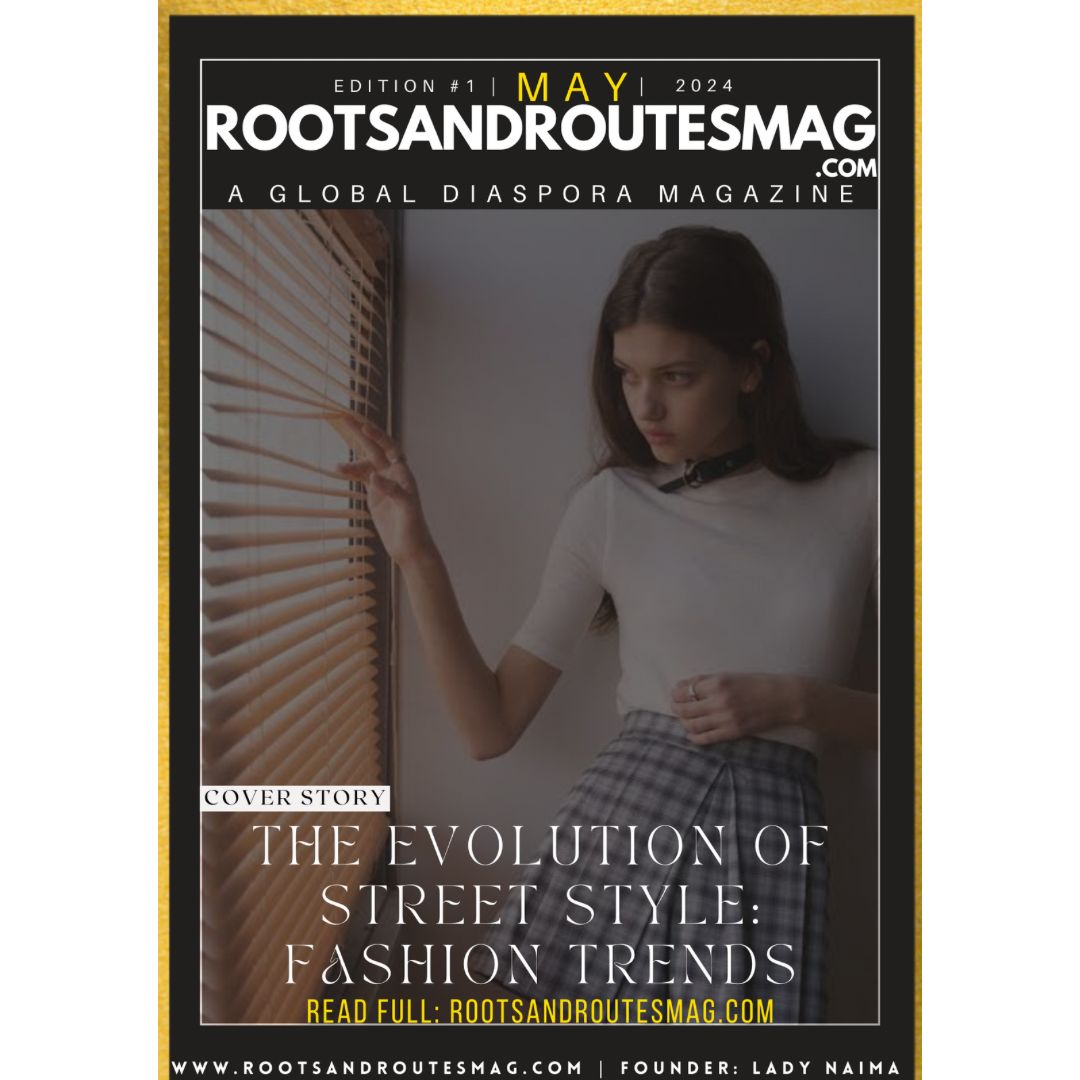The Evolution of Street Style: Fashion Trends

Street style, an essential facet of contemporary fashion, has continually evolved, reflecting shifts in culture, social dynamics, and individual expression. Unlike the carefully curated looks seen on high-fashion runways, street style emanates from the grassroots, embracing a raw, authentic aesthetic that often sets the stage for broader fashion trends. This article explores the evolution of street style, tracing its journey from the mid-20th century to the present day and highlighting key trends that have defined each era.
The 1950s and 1960s: The Birth of Rebellion
Street style began to take shape in the 1950s, driven by the burgeoning youth culture. The post-war era saw young people rejecting the conservative dress codes of their parents in favor of more rebellious looks. The “greaser” style emerged, popularized by figures like James Dean and Marlon Brando. Leather jackets, white T-shirts, and denim jeans became symbols of teenage rebellion and cool nonchalance.
The 1960s introduced the Mod movement in the UK, characterized by sharp tailoring, slim suits, and bold colors. Mods embraced a clean, sophisticated look that contrasted with the more relaxed and eclectic styles of the Hippie movement in the United States. The Hippies, with their tie-dye shirts, bell-bottom jeans, and floral prints, symbolized peace, love, and countercultural ideals.
The 1970s and 1980s: Subcultures and Bold Statements
The 1970s and 1980s were decades of rich subcultural diversity, each with its distinct fashion identity. Punk rock exploded onto the scene in the late 1970s, bringing with it a DIY ethos and a fierce anti-establishment attitude. Punk fashion featured ripped clothing, safety pins, studded leather jackets, and brightly colored hair, epitomized by bands like The Sex Pistols and The Ramones.
The 1980s saw the rise of hip-hop culture, originating in the Bronx, New York. Hip-hop fashion included oversized clothing, tracksuits, sneakers, and elaborate gold chains. This era also marked the beginning of streetwear, as brands like Adidas and Nike became integral to the hip-hop aesthetic. Meanwhile, the skateboarding community influenced fashion with its laid-back style, favoring loose-fitting jeans, graphic tees, and Vans sneakers.
The 1990s: Eclectic Influences and Diversity
The 1990s brought a diverse array of street style trends, reflecting the decade’s eclectic cultural landscape. Grunge, emerging from the Seattle music scene, introduced a look defined by flannel shirts, ripped jeans, and combat boots. This style, popularized by bands like Nirvana and Pearl Jam, conveyed a sense of disillusionment and raw authenticity.
Rave culture also had a significant impact, with its vibrant, neon-colored clothing, oversized pants, and whimsical accessories. This fashion trend mirrored the energetic and euphoric spirit of the electronic dance music scene. Hip-hop fashion continued to evolve, with baggy jeans, baseball caps, and designer labels gaining prominence. Brands like Tommy Hilfiger, Polo Ralph Lauren, and FUBU became synonymous with urban style.
The 2000s: The Rise of Streetwear
The early 2000s marked the solidification of streetwear as a distinct fashion genre. Brands like Supreme, A Bathing Ape (BAPE), and Stüssy gained cult followings, blending elements of skate culture, hip-hop, and Japanese street fashion. The concept of limited-edition drops and high-profile collaborations created a sense of exclusivity and hype, propelling streetwear into the mainstream.
Celebrity culture heavily influenced street style during this era. Musicians, actors, and athletes set trends with their off-duty looks, making fashion more accessible and relatable. The rise of social media platforms like Instagram further democratized fashion, allowing individuals to showcase their unique styles to a global audience.
The 2010s to Present: Blurring the Lines
In the 2010s, the boundaries between street style and high fashion began to blur. Luxury brands like Louis Vuitton, Gucci, and Balenciaga started incorporating streetwear elements into their collections, often collaborating with streetwear labels and designers. This fusion created a new fashion landscape where high-end and street styles coexisted and influenced each other.
Athleisure became a significant trend, blending sportswear with everyday fashion. Leggings, sneakers, and hoodies became wardrobe staples, emphasizing comfort without sacrificing style. Brands like Nike, Adidas, and Lululemon thrived in this era, catering to the growing demand for versatile and stylish activewear.
The Future of Street Style
As we move further into the 2020s, street style continues to evolve, driven by technological advancements, sustainability, and a renewed focus on individuality. Digital fashion and virtual influencers are beginning to reshape the fashion landscape, offering new ways to express personal style. Sustainability has become a central concern, with many brands and consumers prioritizing eco-friendly materials and ethical production practices. Thrifting, upcycling, and vintage fashion have become integral to street style, reflecting a growing awareness of fashion’s environmental impact.
Conclusion
Street style is a dynamic and ever-changing facet of fashion, continually shaped by cultural, social, and technological influences. From its rebellious roots in the mid-20th century to its current status as a major fashion force, street style remains a powerful expression of individuality and creativity. As it continues to evolve, street style will undoubtedly keep reflecting the diverse and vibrant tapestry of global culture, setting trends and inspiring new generations.

Tariq Riaz is a passionate web developer and content generation expert.









